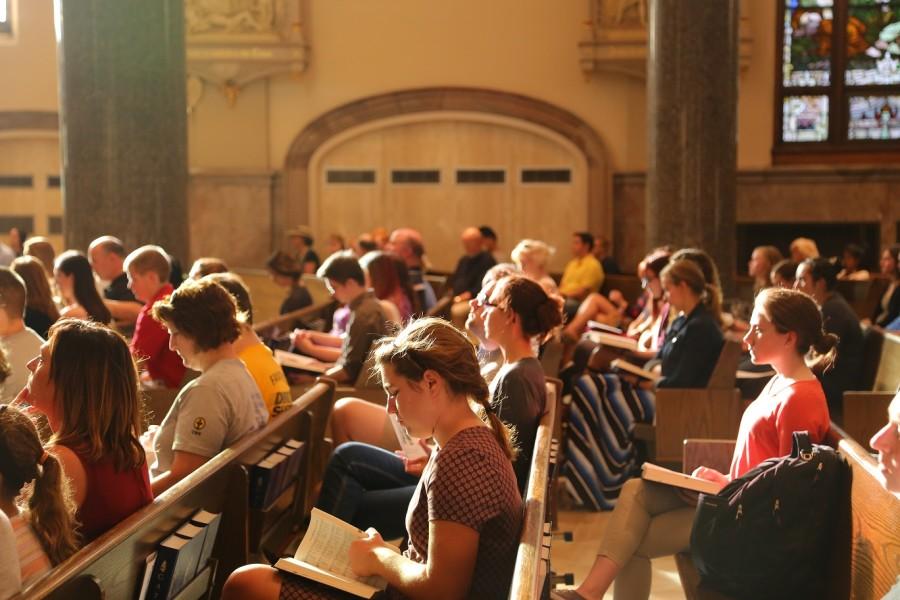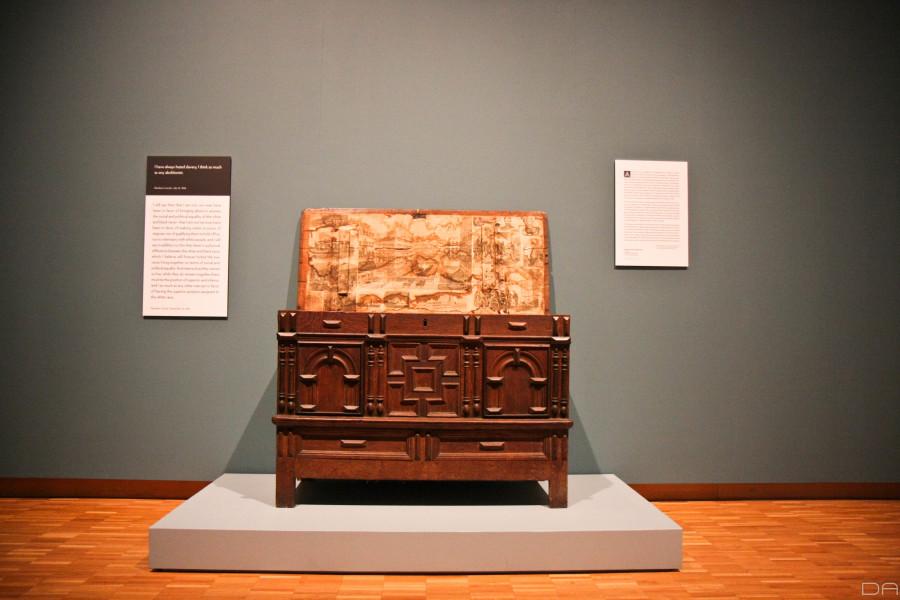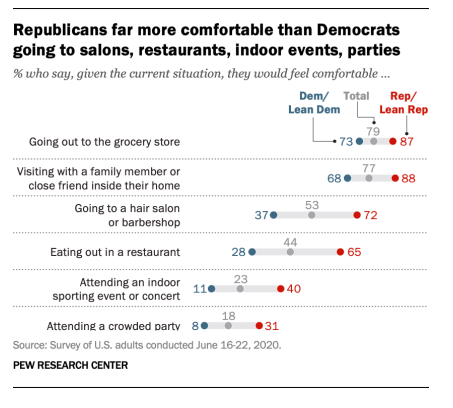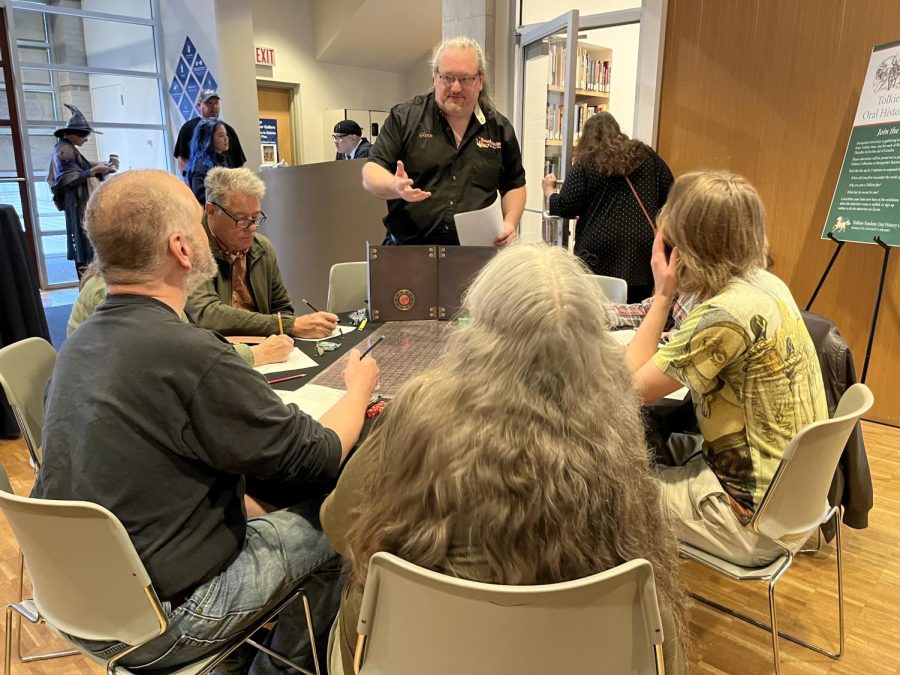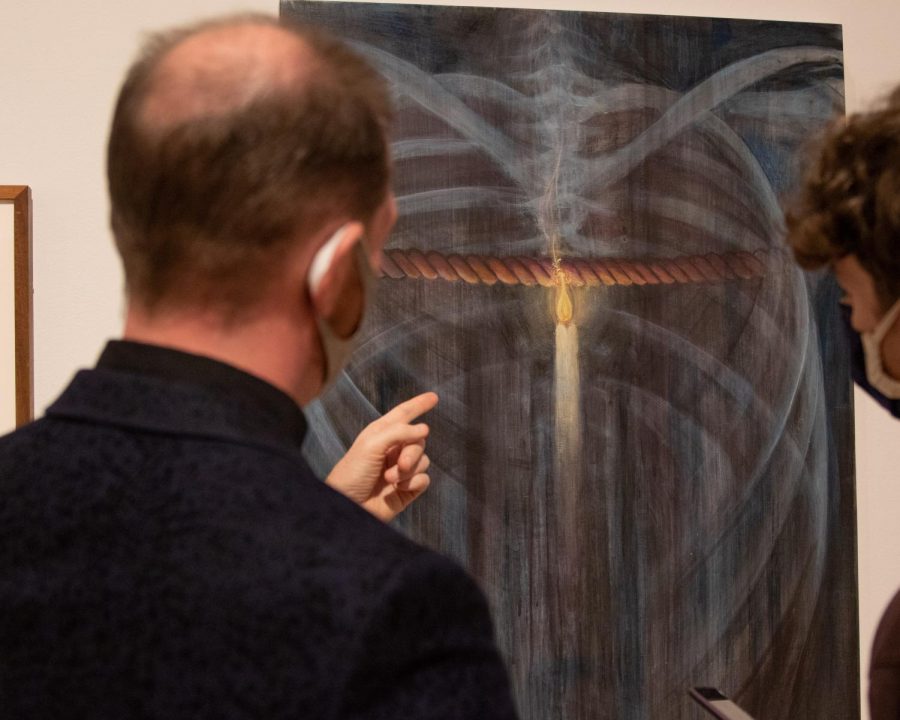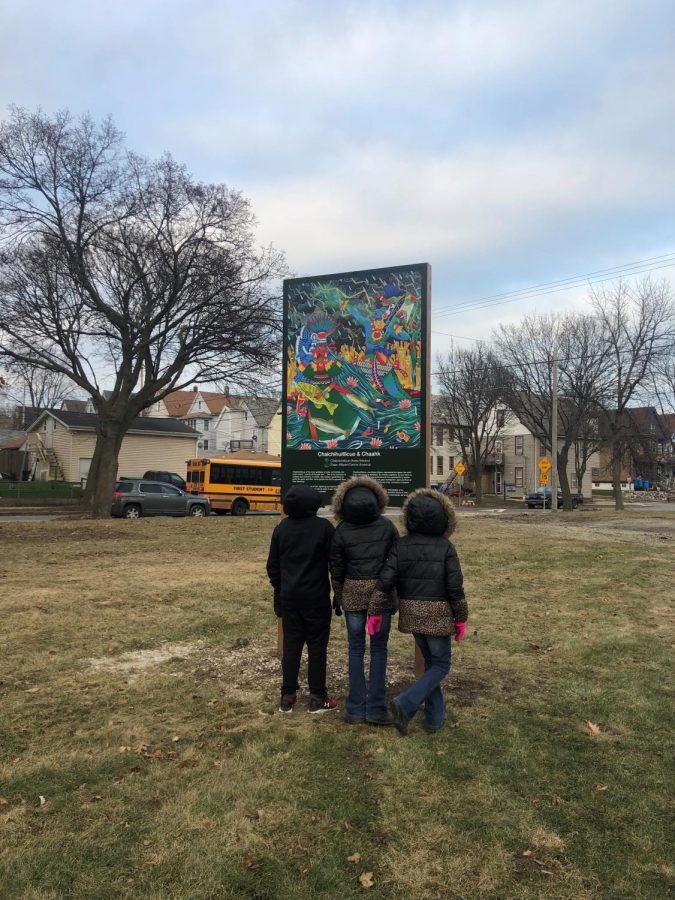One hundred and fifty years after the Civil War and the signing of the Emancipation Proclamation, Marquette still commemorates and explores the themes of the deadliest war in U.S. history.
This academic year, Marquette hosts the Freedom Project, a commemoration of the sesquicentennial (150th) anniversary of the Civil War. It is a ventu

re that seeks to discover the meanings of emancipation and freedom in the United States, as well as around the globe.
Correlating with the project comes “Thenceforward, and Forever Free,” the latest exhibition from the Haggerty Museum of Art. The exhibition, which opened August 22nd and runs through the rest of the semester, “features seven contemporary artists whose work deals with issues of race, gender, privilege, identity, and more broadly conveys interpretations of the notion of freedom,” said Lynne Shumow, curator of education at the Haggerty.
The nationally and internationally known artists featured in the exhibit include Laylah Ali, Michael Ray Charles, Elisabeth Subrin, Kara Walker, Mark Wagner, Willie Birch and Gary Simmons.
While the group exhibition is cohesive in its theme, each artist explores freedom using different forms of art. Video, photography, acrylic paint, chalks, lithography and screenprint, and even dollar bills are used to convey each artist’s interpretation of freedom.
“Thenceforward, and Forever Free” is one of three exhibitions in the museum dedicated solely to the Freedom Project. The museum is currently also exhibiting a collection of photos from the museum’s permanent collection entitled “Freedom/Of/For/To” and a collection of historic objects and descriptions in “The Freedom Project: Text/Context.”
The title of the exhibition, Shumow noted, is fittingly taken from the Emancipation Proclamation. In the famous document, Abraham Lincoln stated “that on the 1st day of January, A.D. 1863, all persons held as slaves within any State or designated part of a State the people whereof shall then be in rebellion against the United States shall be then, thenceforward, and forever free.”
The quotation Shumow lifted perfectly describes the meaning and purpose of the exhibition, which Shumow created and developed over the last two years. Echoing the words of Lincoln, the museum perpetuates the idea of freedom in the United States.
As for the origins of the exhibit itself, Shumow did not develop the idea of doing an exhibition about the meanings of freedom. Rather, she took note of what the university was doing as a whole: Marquette will be hosting a series of lectures, exhibitions, and events surrounding the topic of freedom, including a “Forbidden Film Festival” and several speakers on the Civil War throughout the semester.
“A long time ago, we knew that Marquette was going to be involved in the Freedom Project, so we wanted to do an exhibition that also dealt with that theme,” Shumow said. “It was the university’s initiative about focusing on the theme of freedom that made us think about it.”
Throughout the two-year period that Shumow used to develop the exhibition, many tasks needed completing. Shumow contacted the artists as far back as a year ago and even had artist Gary Simmons travel to the museum this month to create his work on site.
“It takes a lot of time to put an exhibition together and to get all the pieces here. You have to go through a galleryist, you have to go through the collector. It’s complicated getting all this stuff here,” Shumow explained.
In addition to compiling all the artwork and contacting the artists, Shumow also had the duty of creating a catalogue for the exhibit. Included in the catalogue are examples of art found in the exhibit, as well as biographies of each artist and a summary of the exhibition as a whole. “It takes a long time; just to do this (the catalogue) takes a lot of writing,” Shumow said. “There are two essayists, and I wrote all the bios and all the descriptions.”
While the exhibit is part of a project to celebrate the anniversary of the Civil War, no grand paintings depicting gruesome battle scenes will be found in the gallery. Antique rifles and ancient battle cannons are non-existent, and displays portraying the unhealthy conditions of the camps, as possibly seen in other museums, are not found here. In their place, provocative and stirring images depicting themes of freedom reside.
Although this exhibit is in commemoration of the Civil War, most of the exhibits do not portray scenes from the time period. Some works do tie in to the war, but others portray scenes of New York City after 9/11, neighborhoods in New Orleans and a wall-sized Statue of Liberty made from dollar bills. The pieces are both celebrating and questioning freedom, with most harboring a deeper meaning hidden behind the surface.
“I think this exhibition, and art in general, poses important questions, and some of the work is very, very challenging,” Shumow said.
And while this exhibition is a special one, the main goal of the museum is not disrupted. “We offer some challenging ways to think about things, maybe things you hadn’t thought about before, and to think about things you thought you knew about in a new way. That’s really a big part of what the museum does here.”
Shumow, in her role as curator, focuses on visual literacy in the museum. Visual literacy is defined as the ability to recognize and understand ideas conveyed through visible actions or images.
“Our students go to school, and they read books,” Shumow said. “There isn’t as much an emphasis on visual literacy, so we really offer that. It’s very different to look at an image than it is to read a page in a book.”
She believes this type of literacy is important in understanding the Civil War. “I think it’s really going to ask students to think about what freedom means, and what the Civil War was all about,” Shumow noted. “There’s a lot of questioning about how people have been treated and issues dealing with slavery.”
The exhibit is riveting, provocative and well worth the short trip to the museum.


